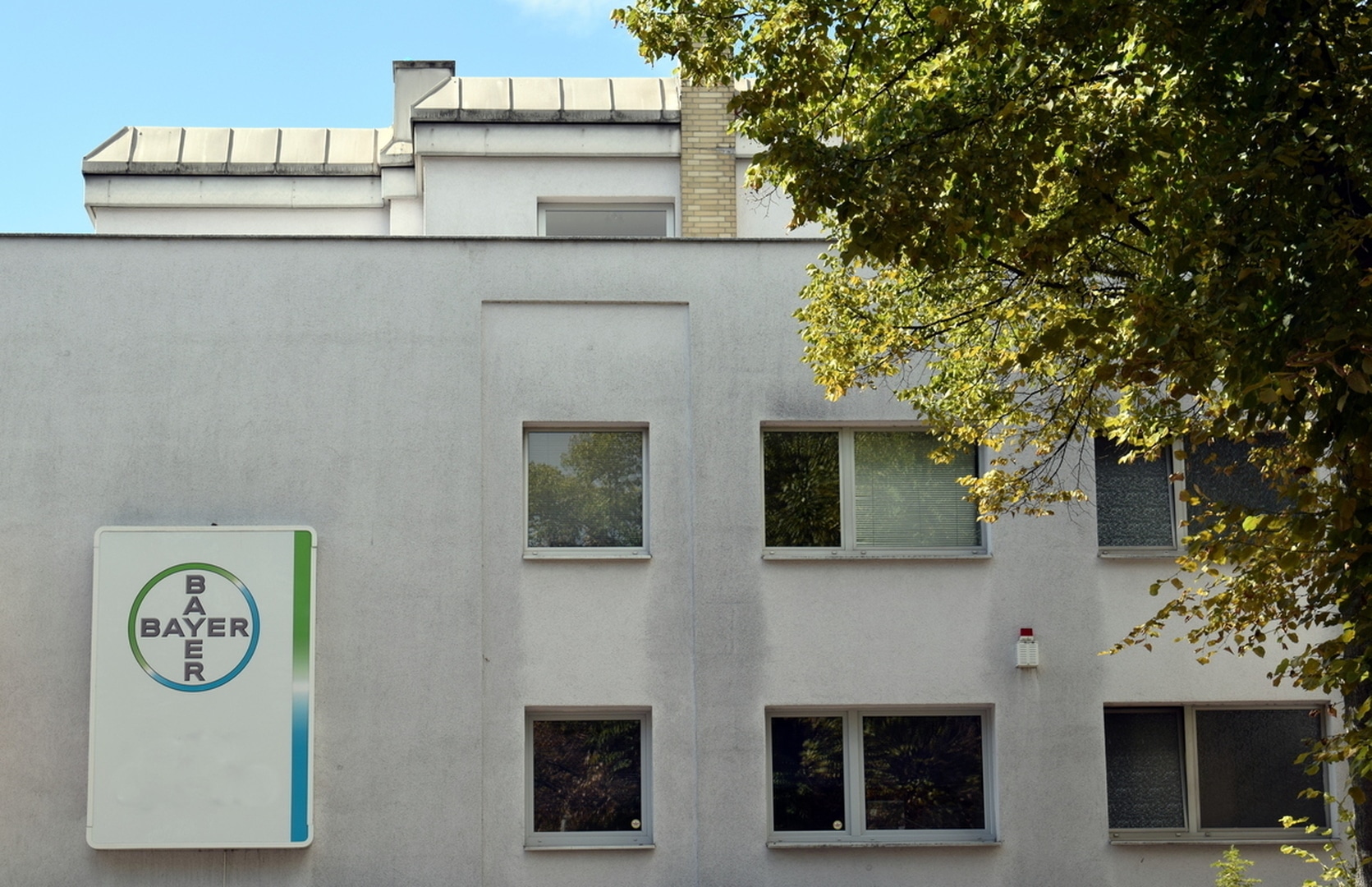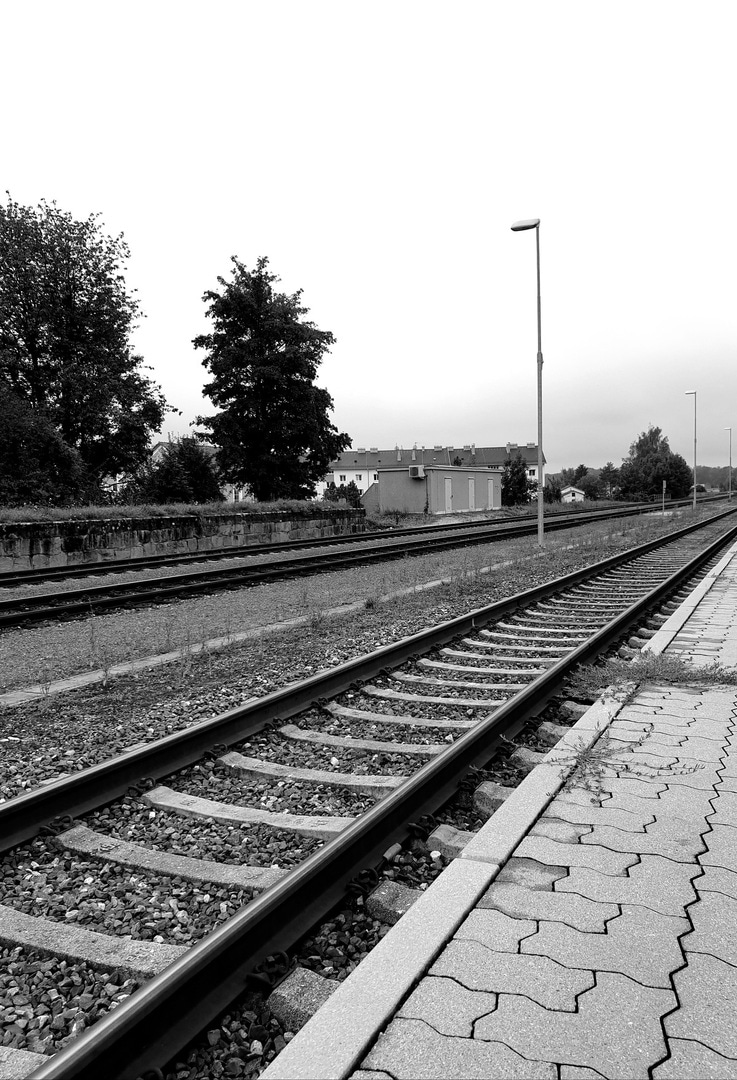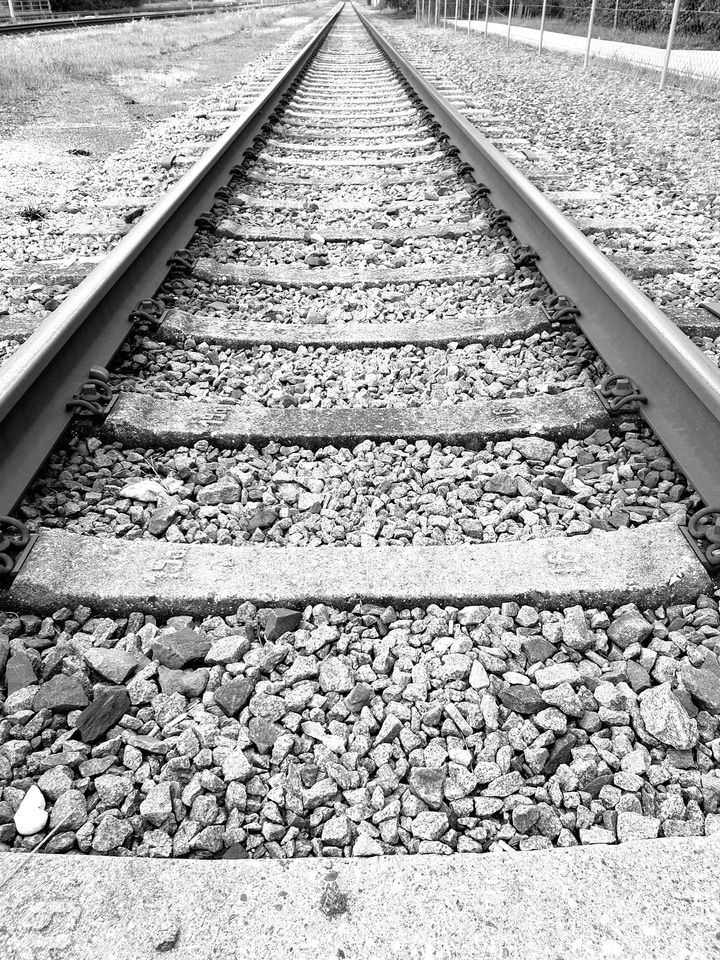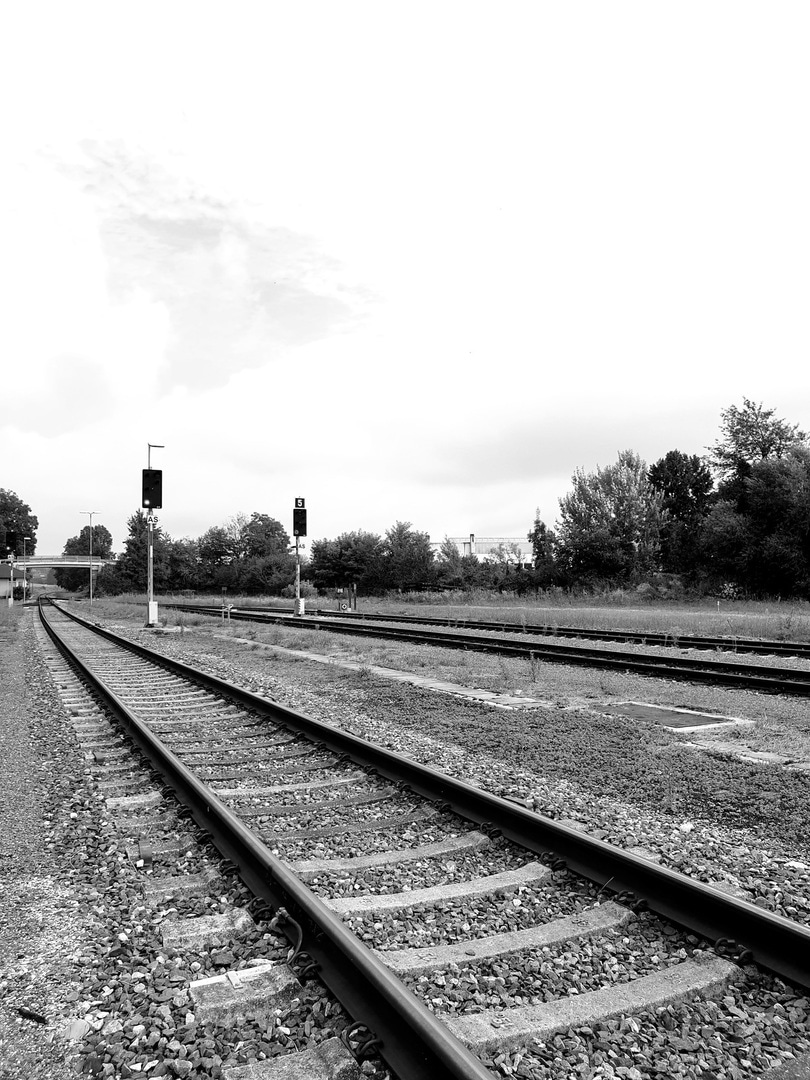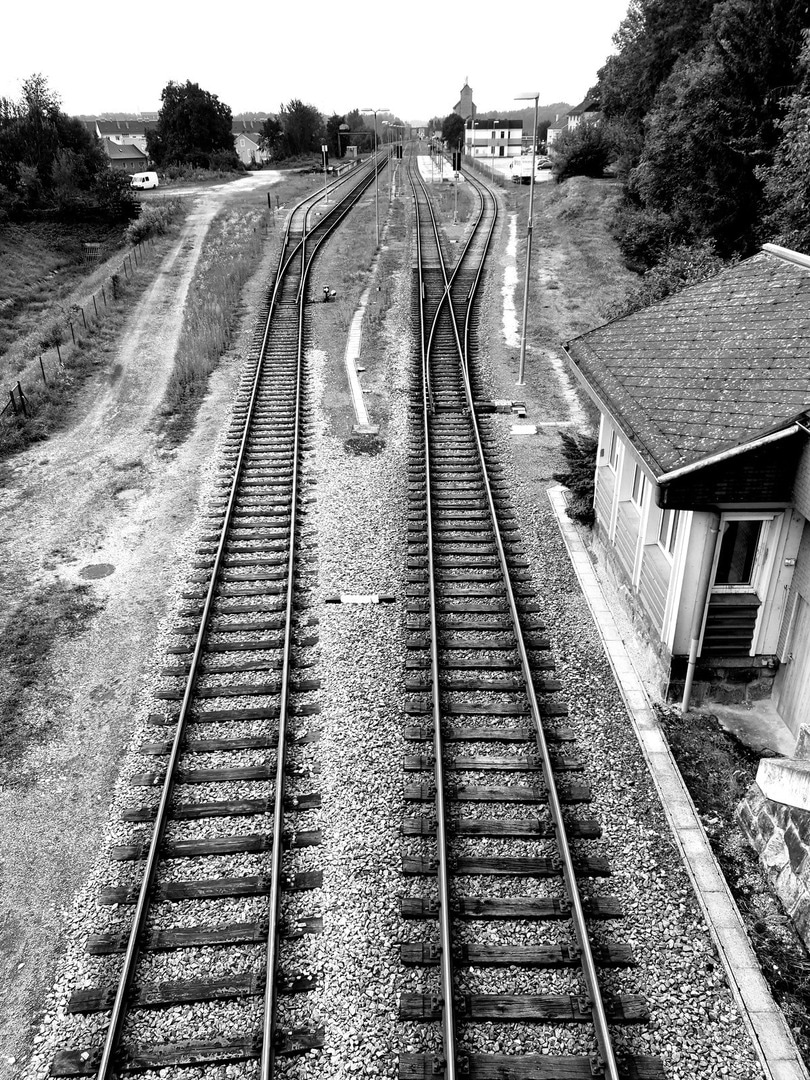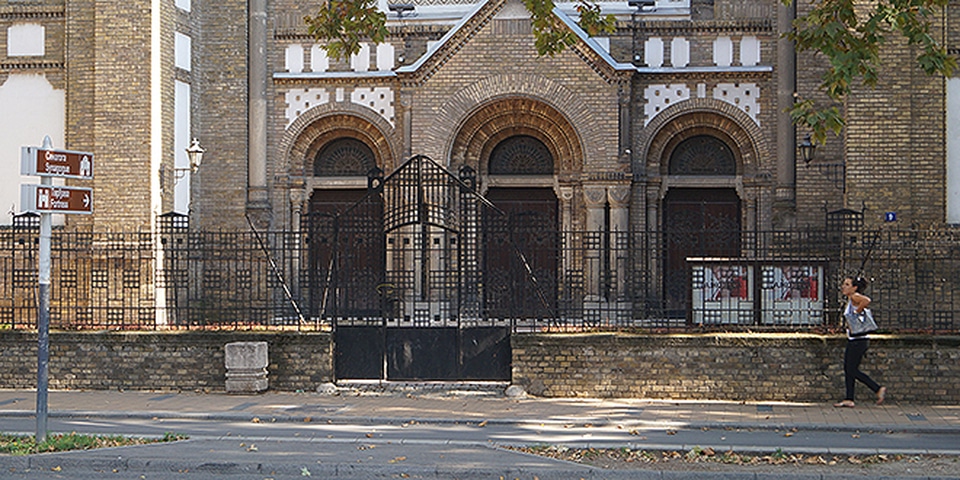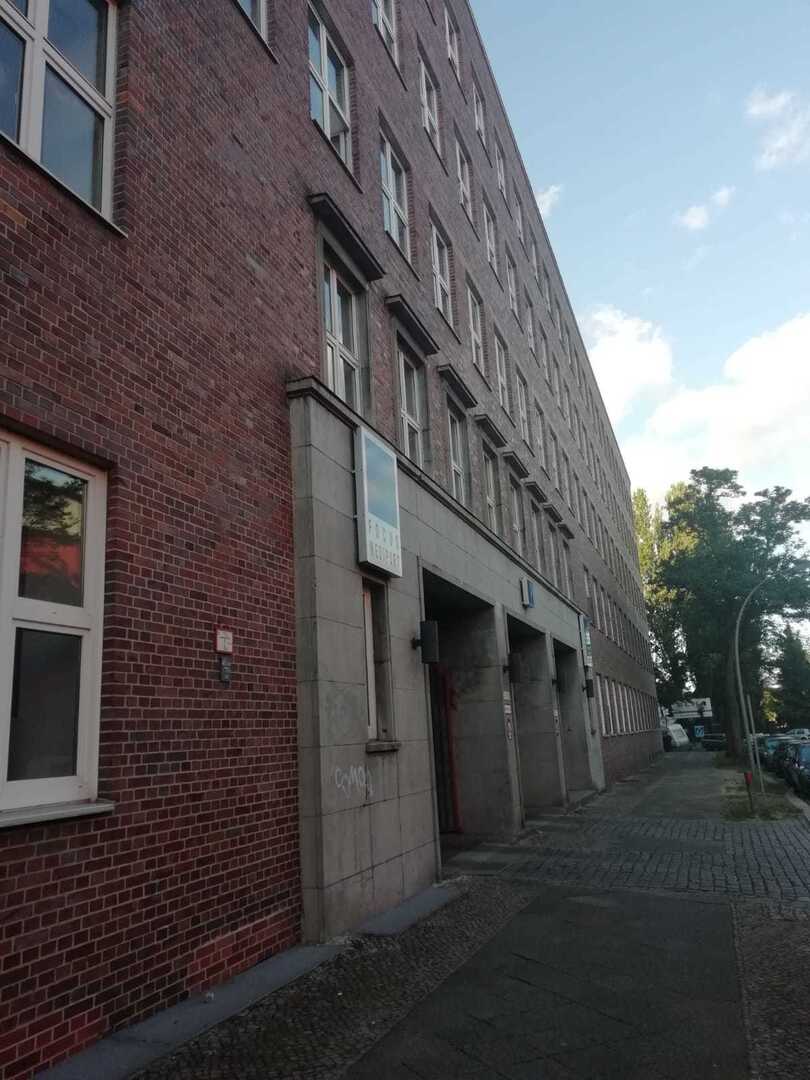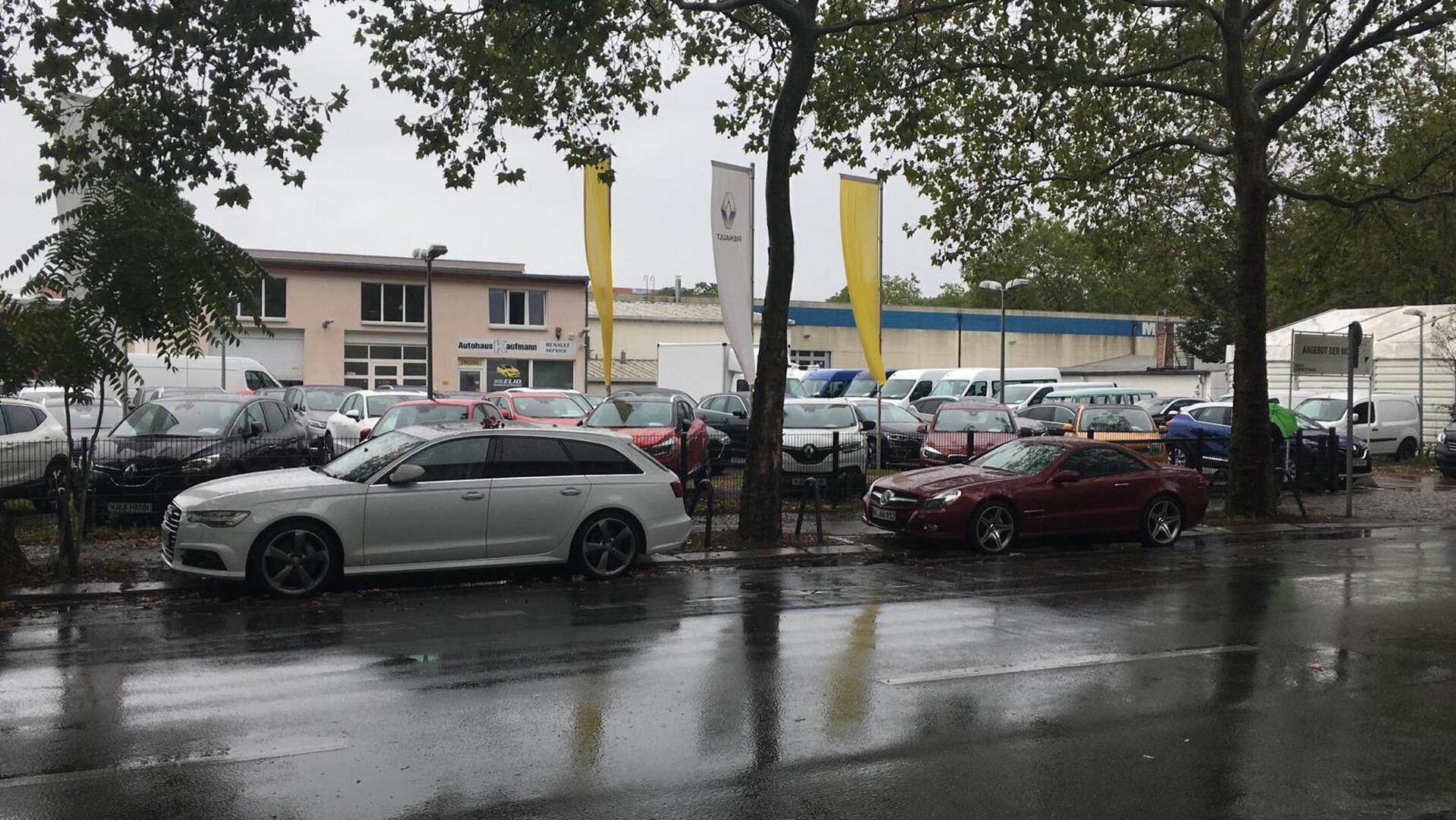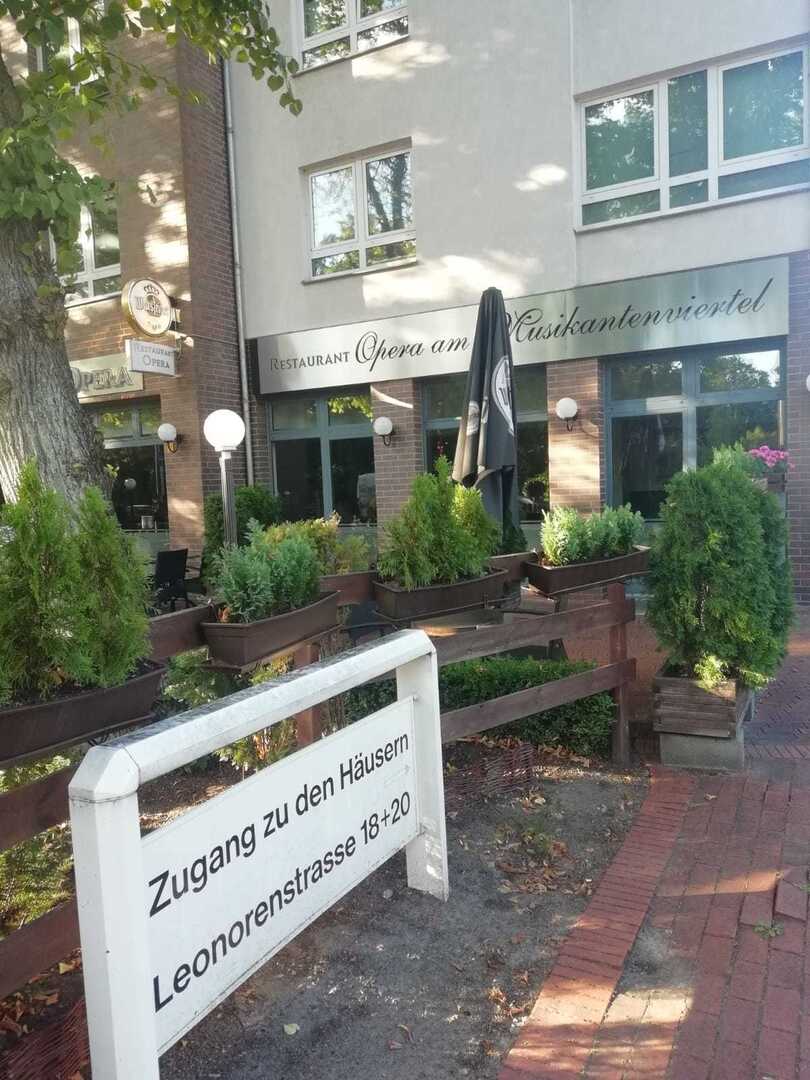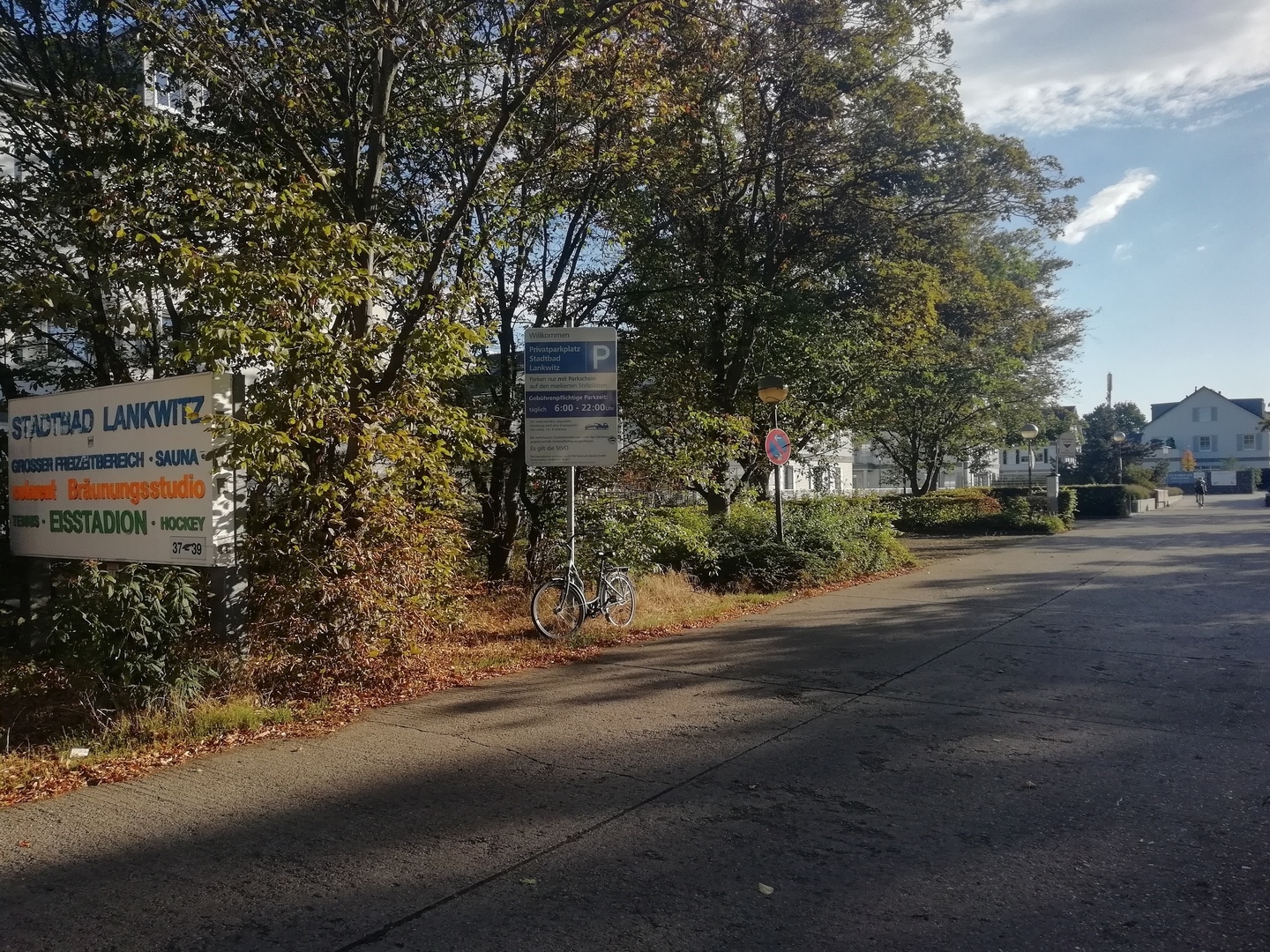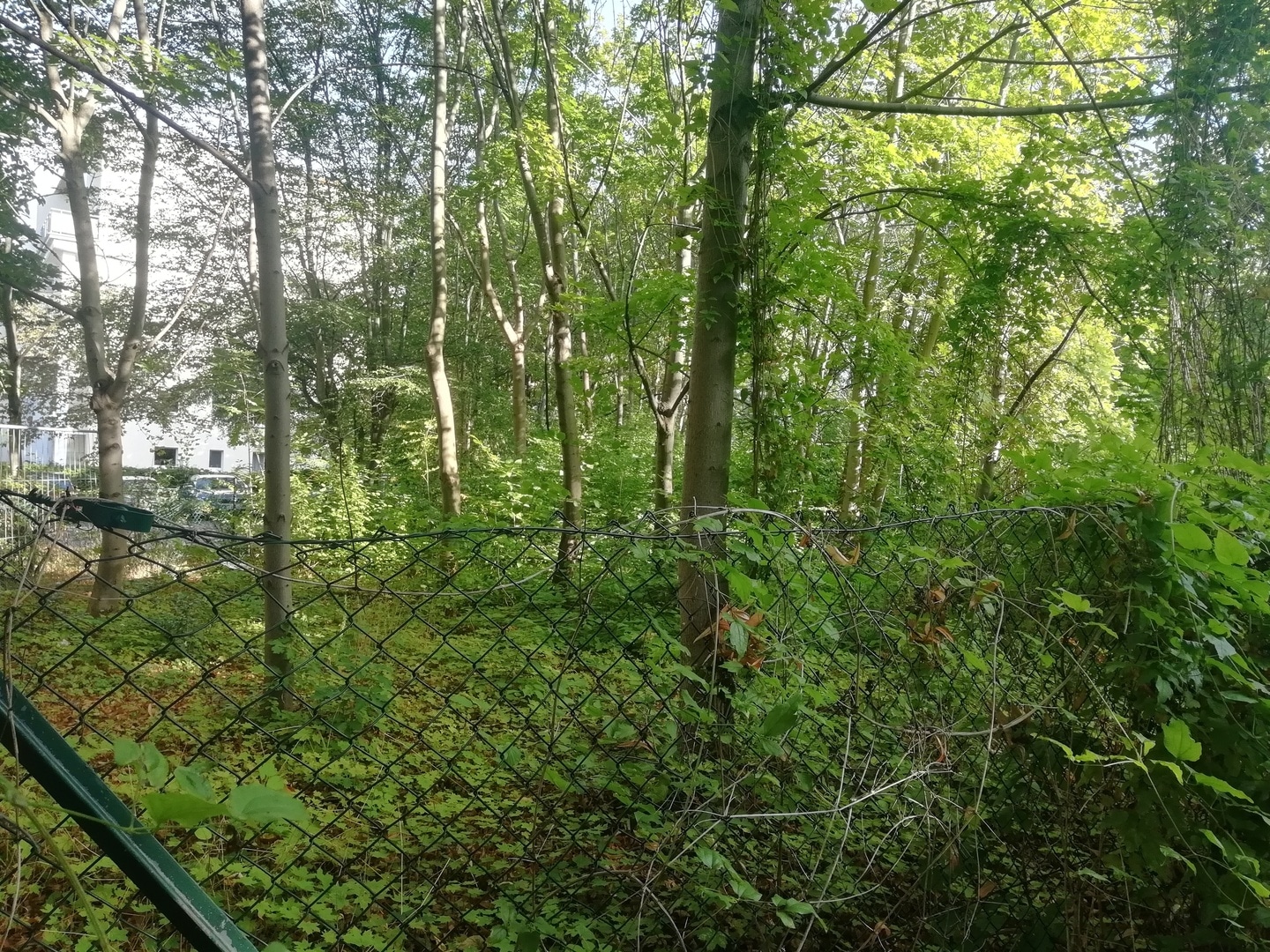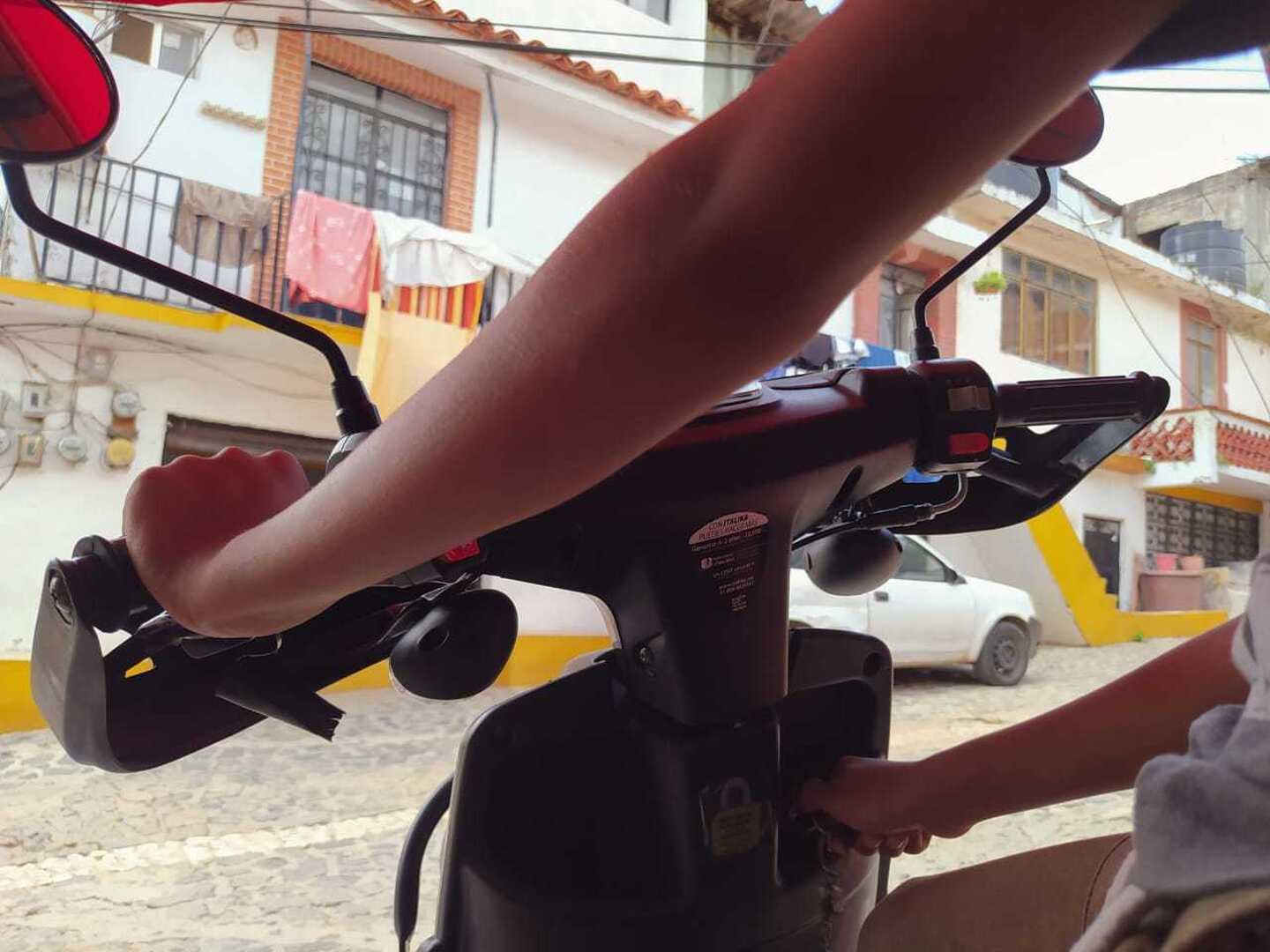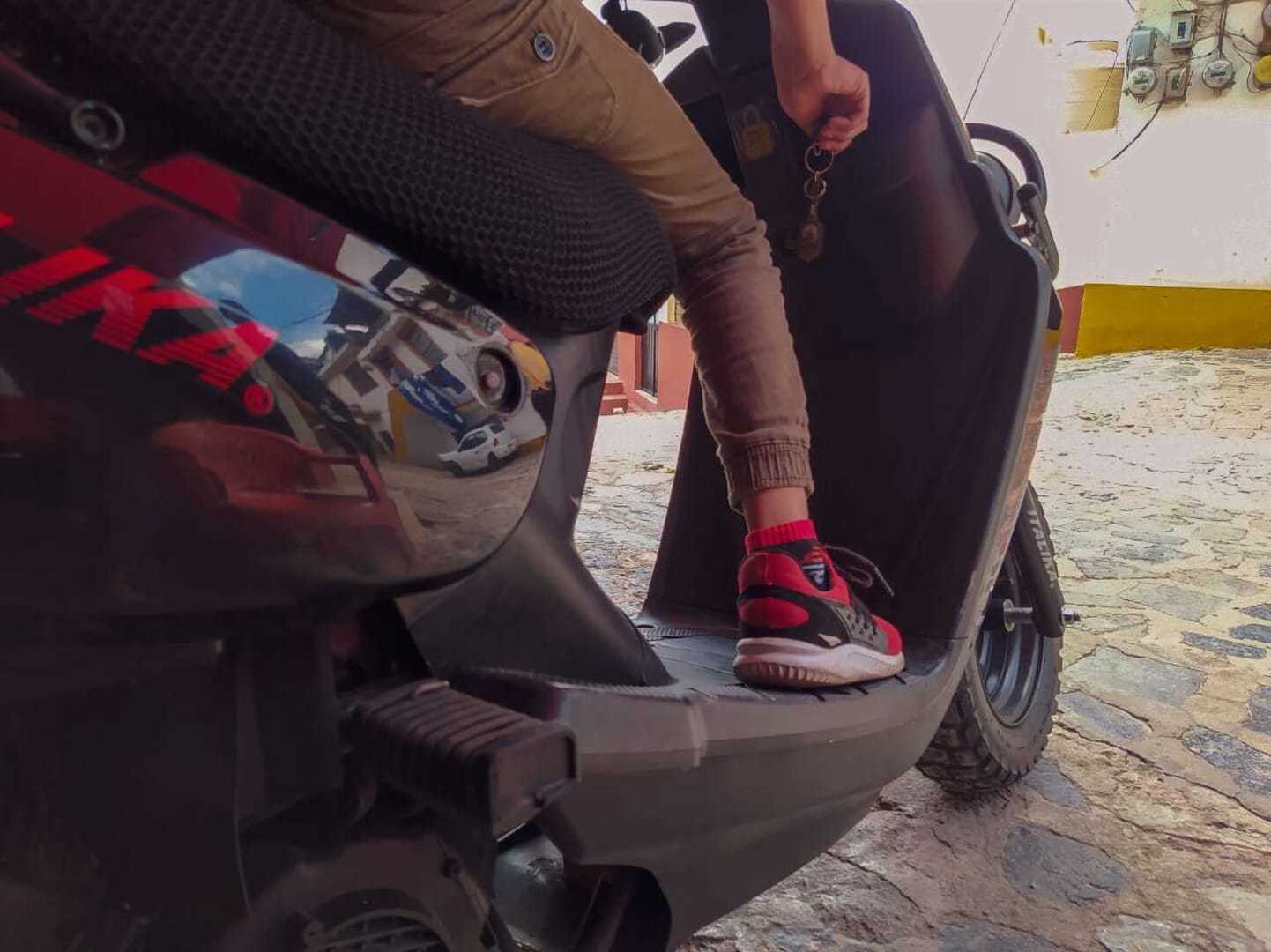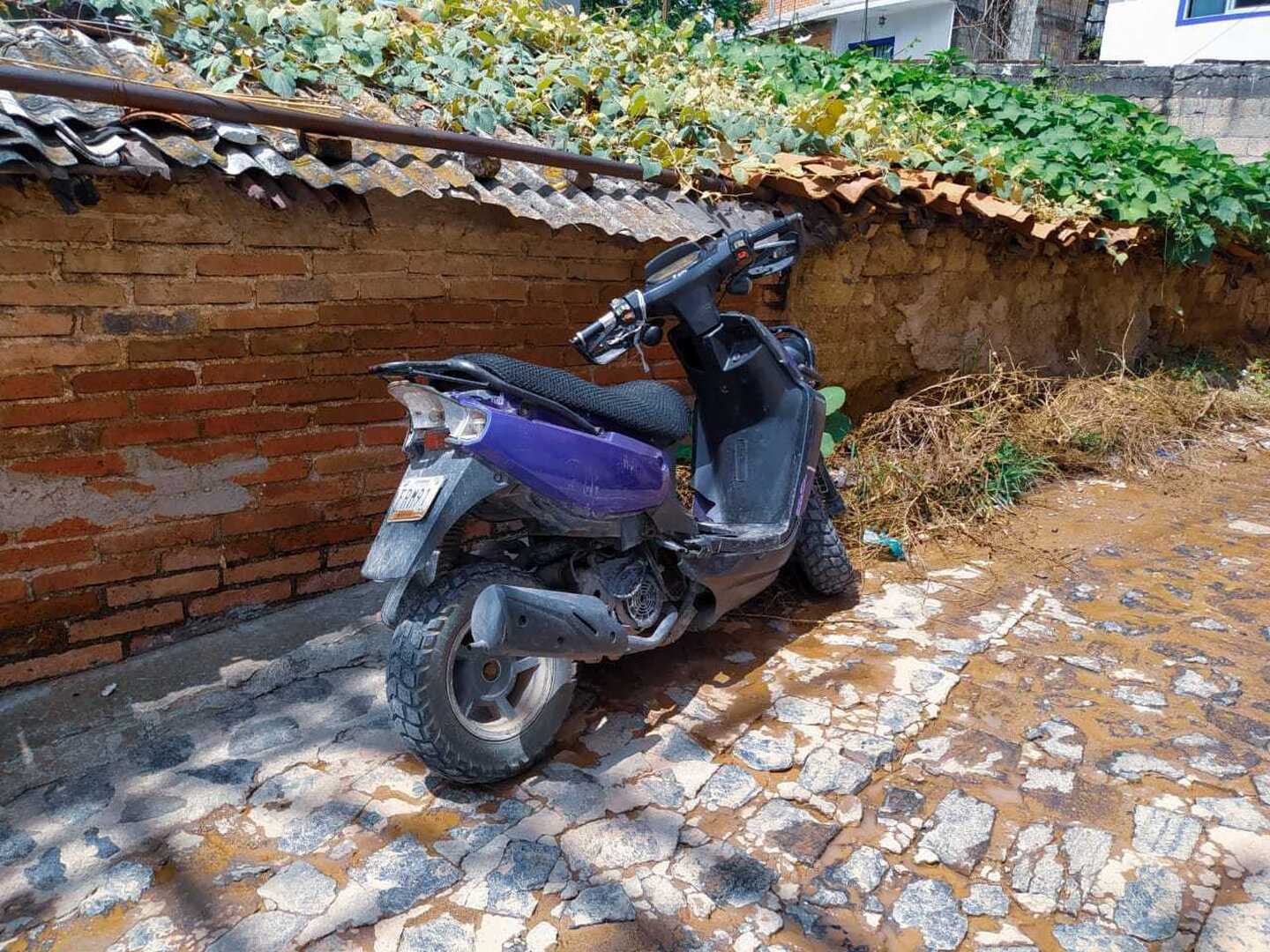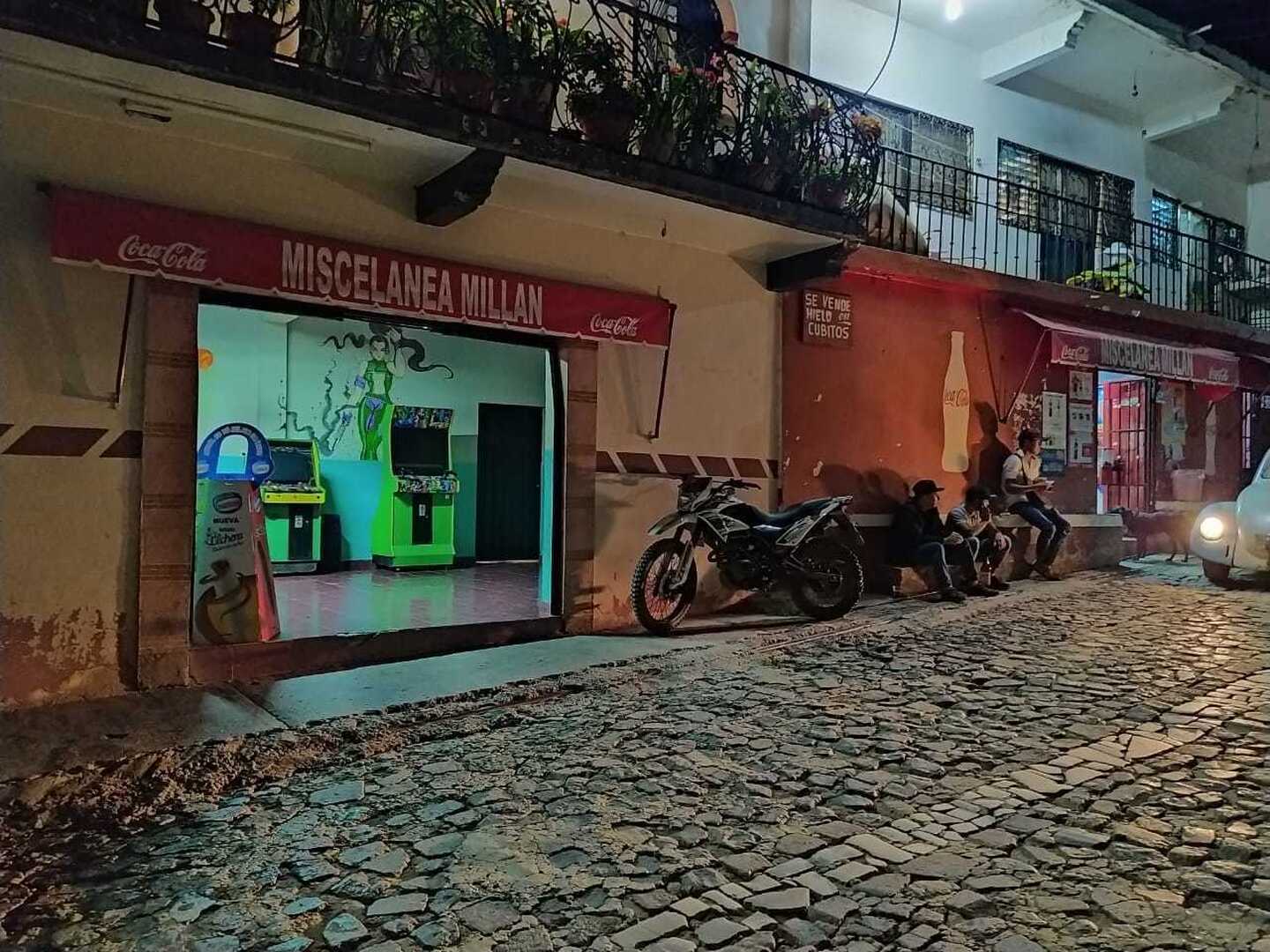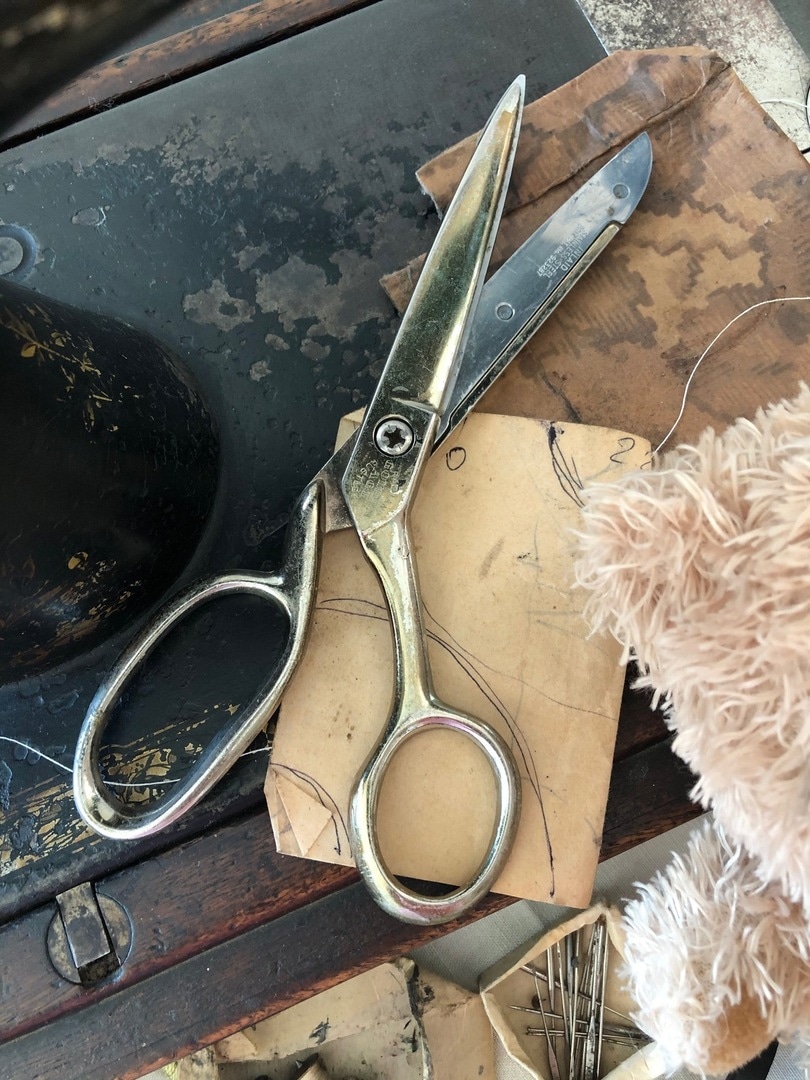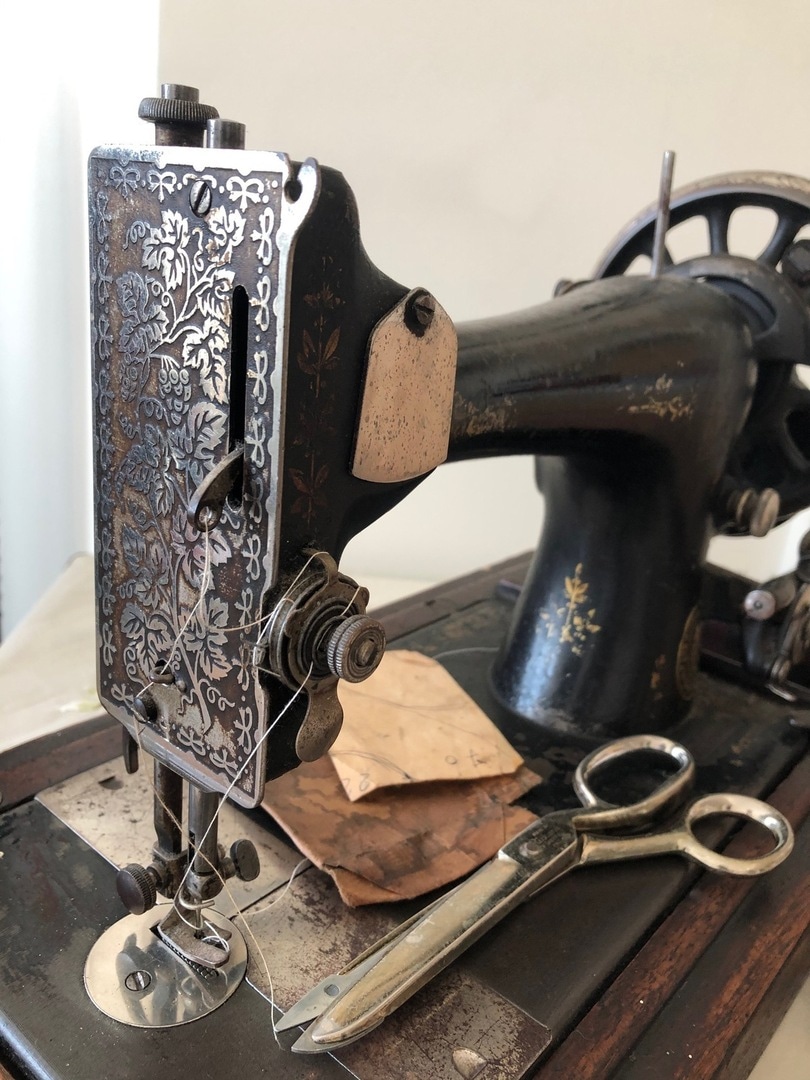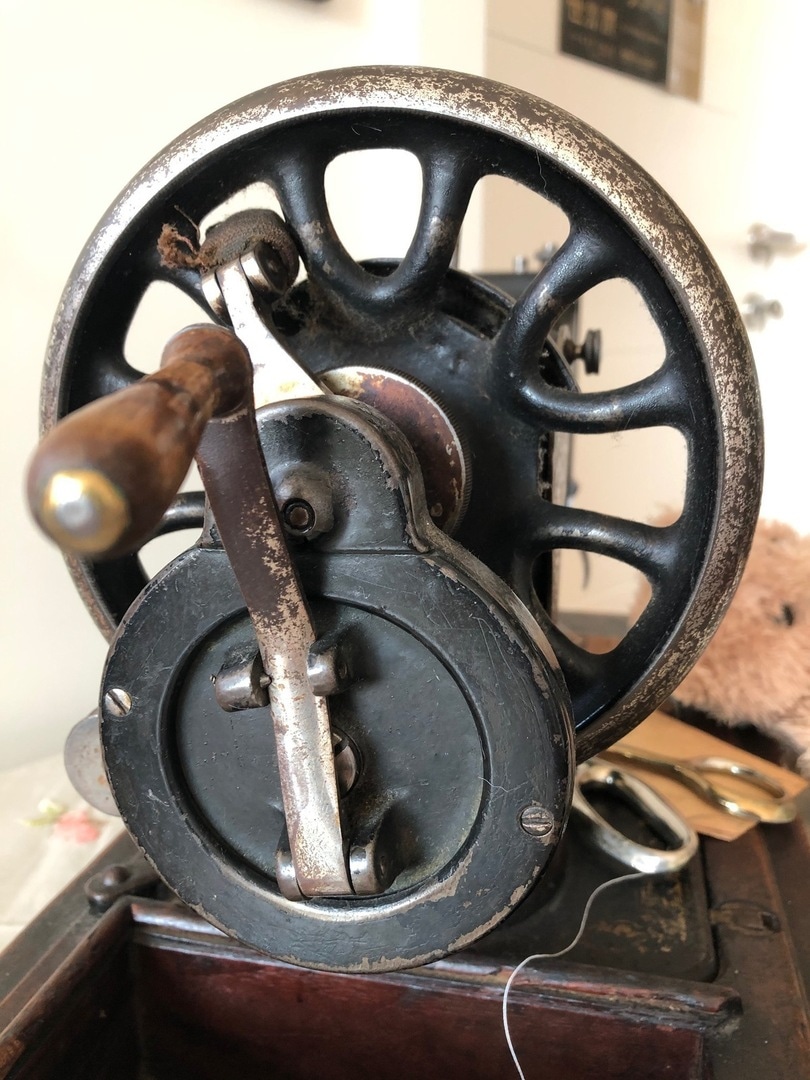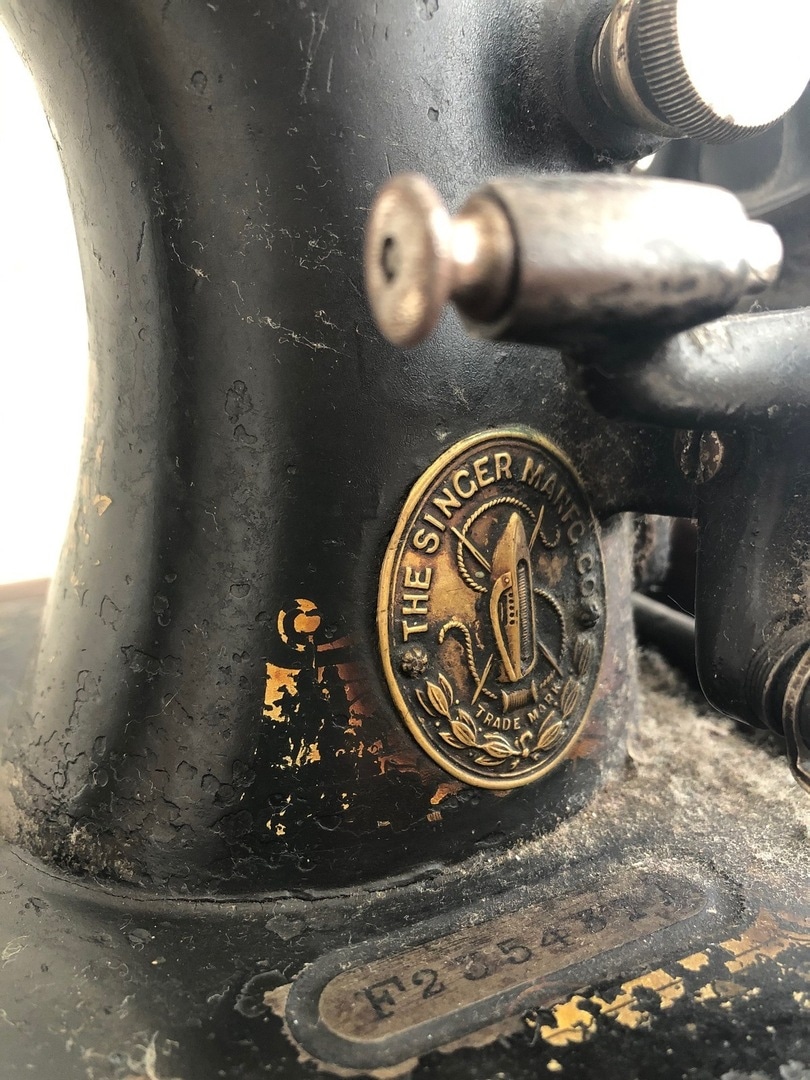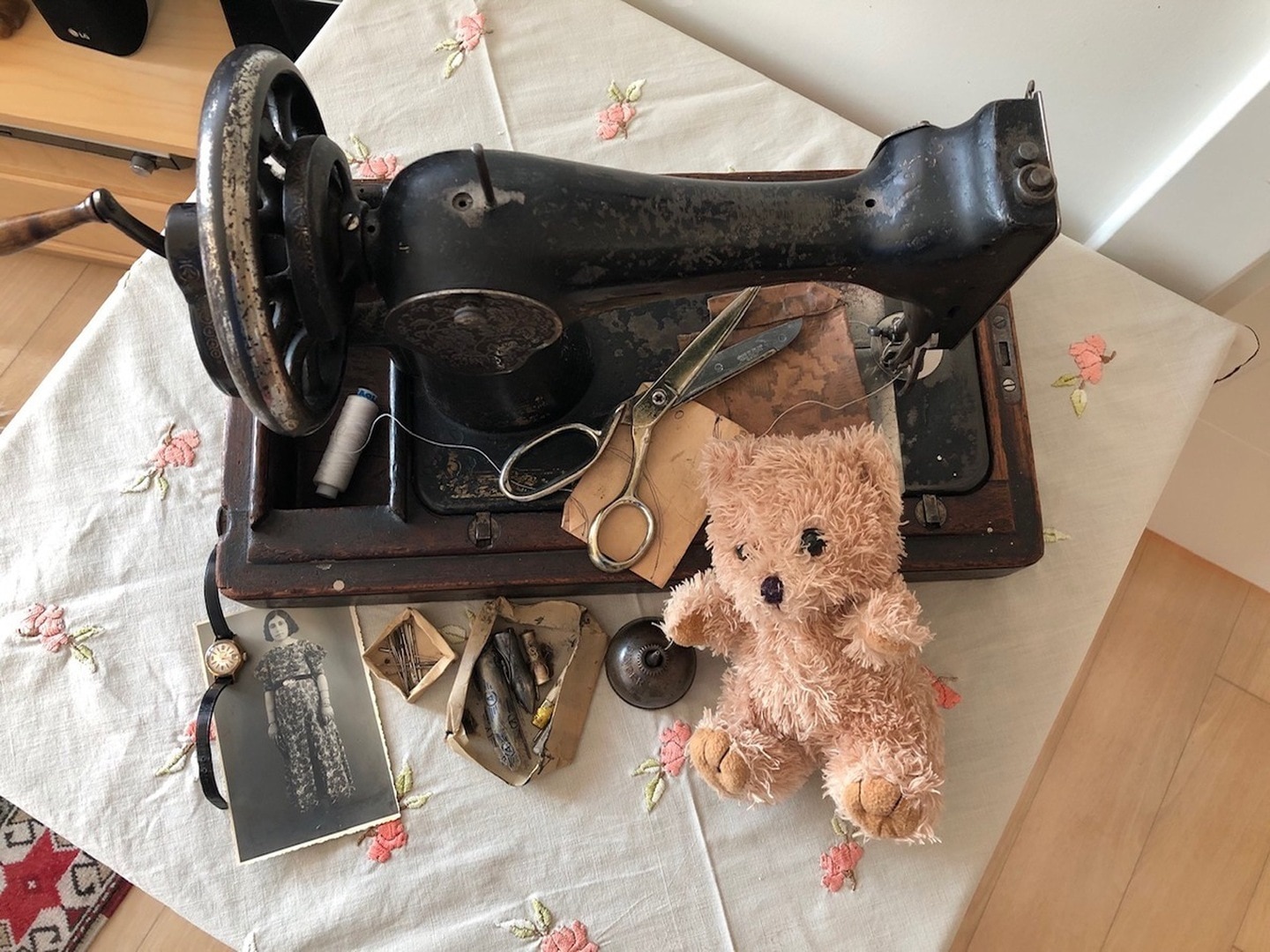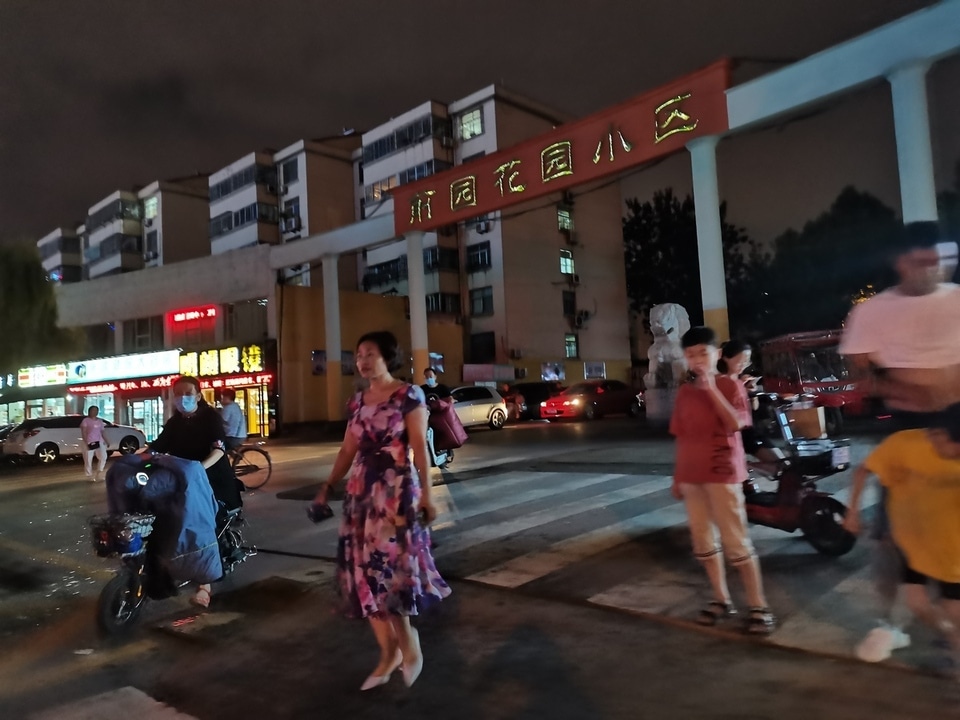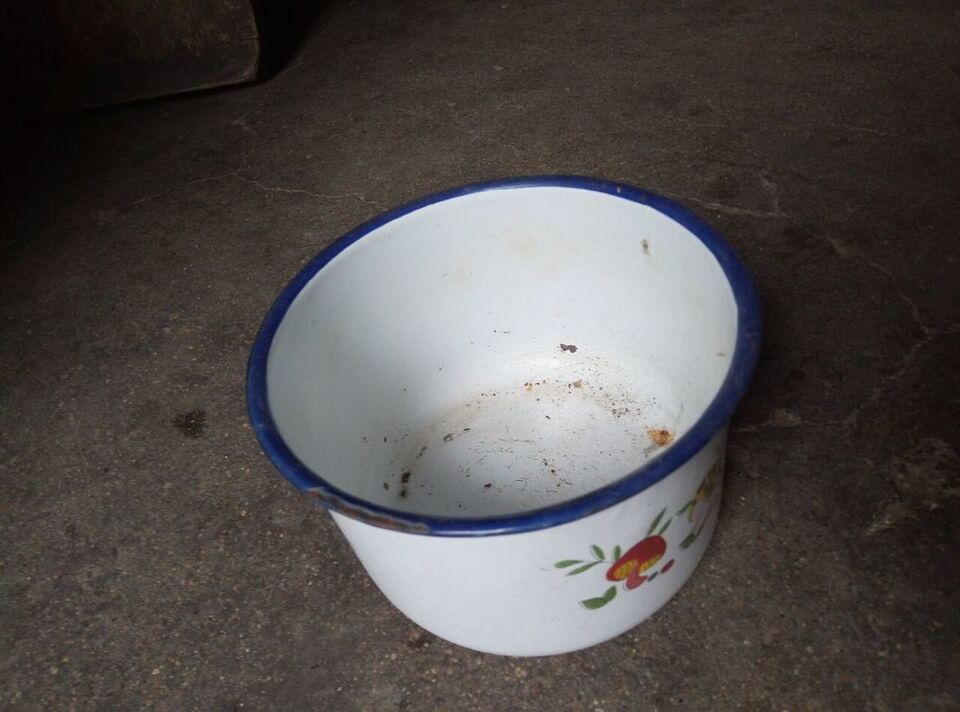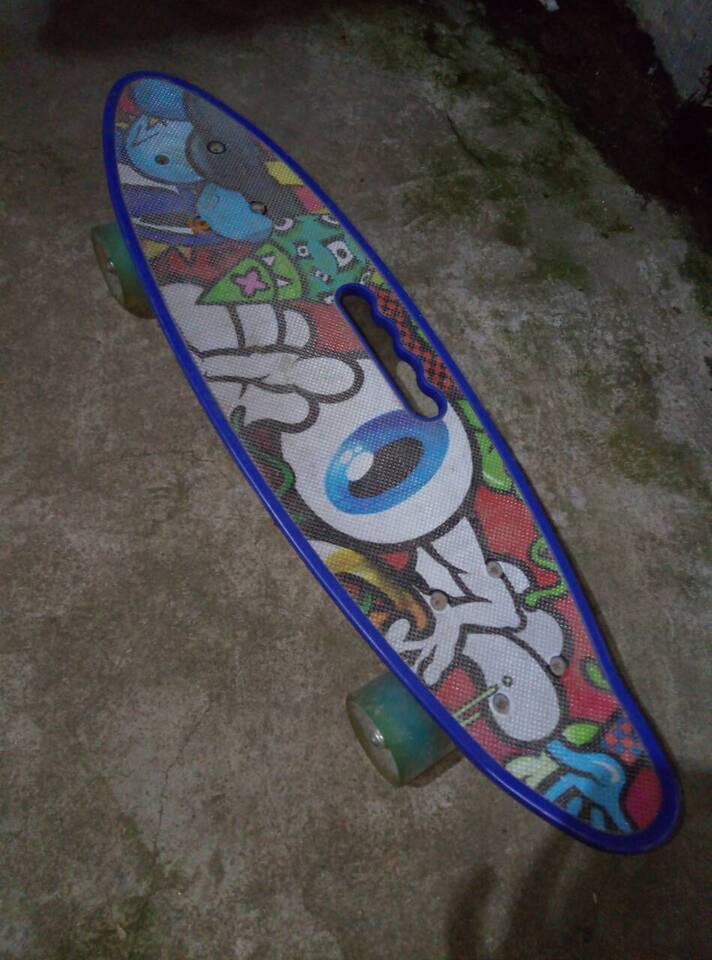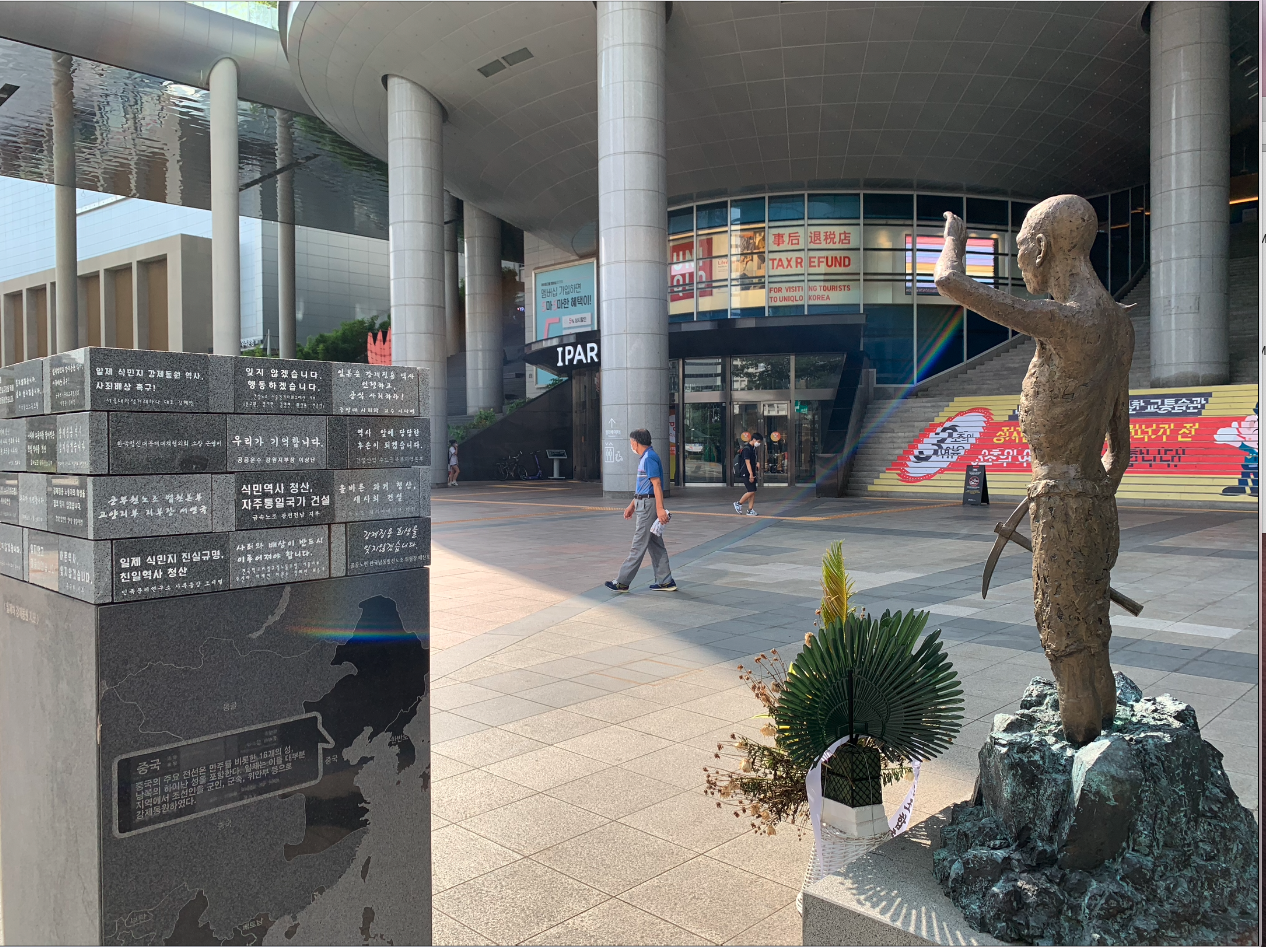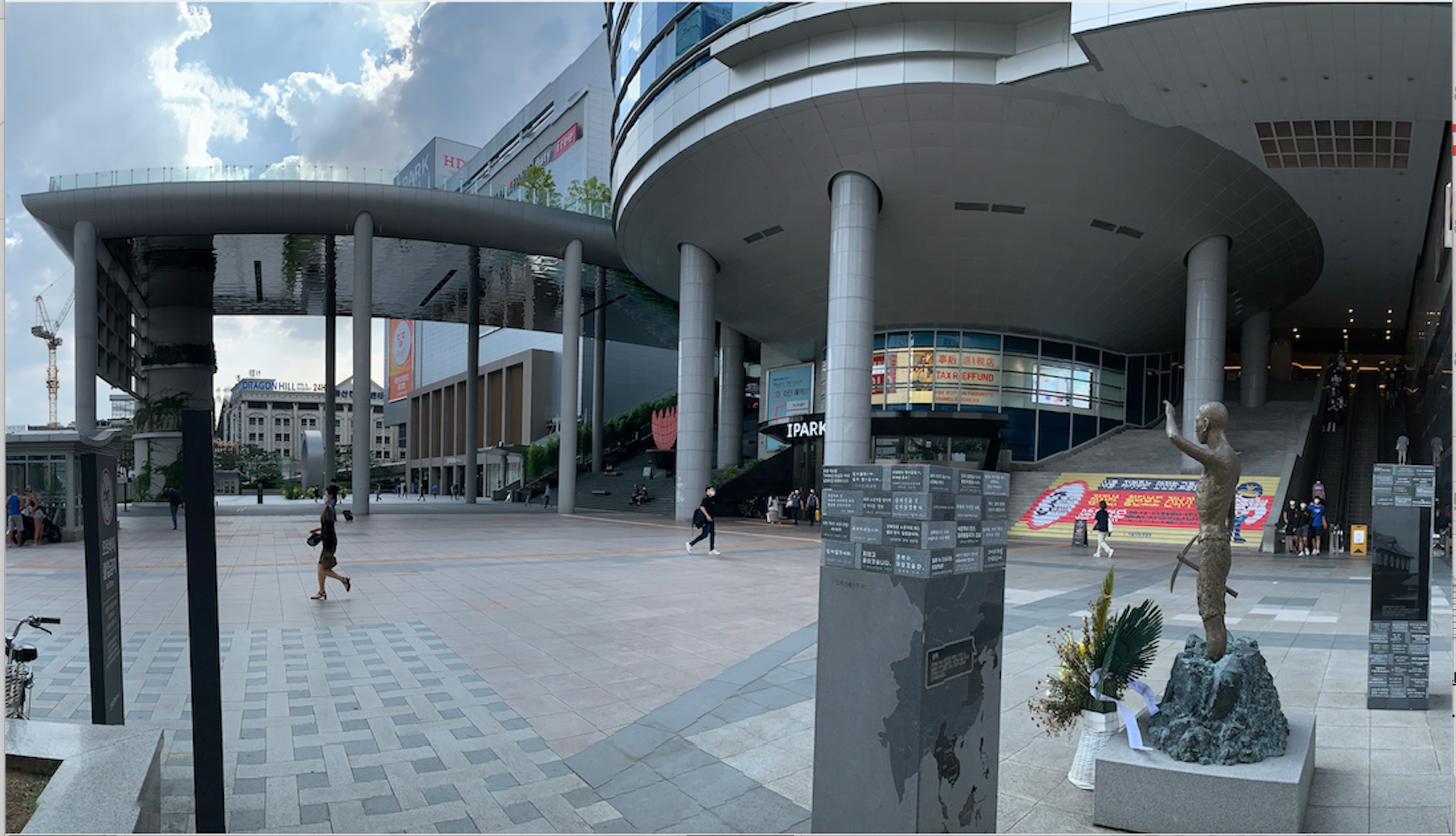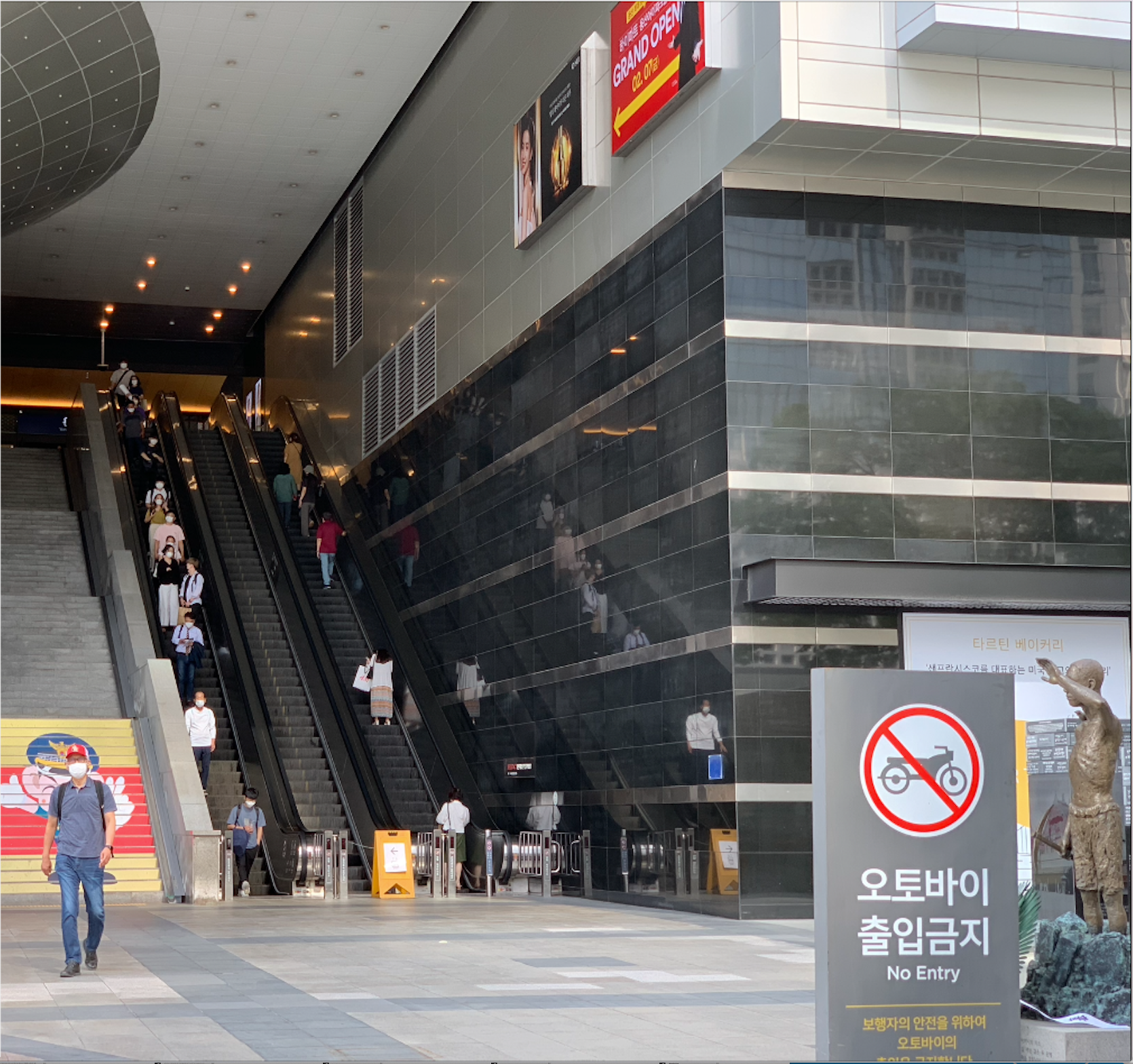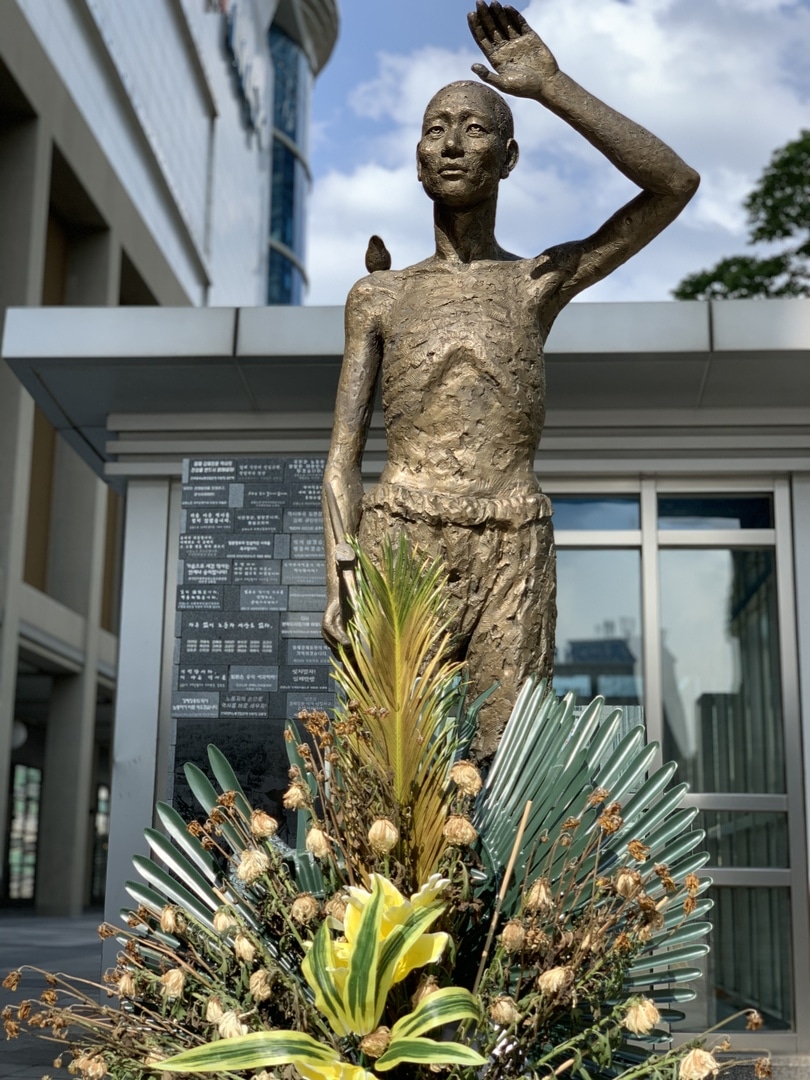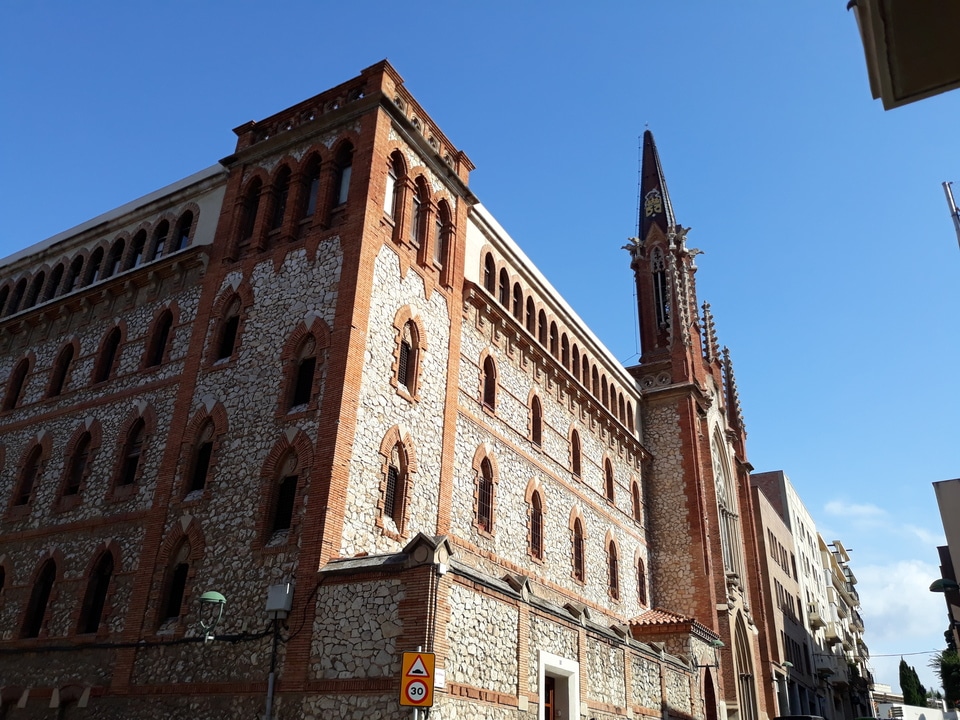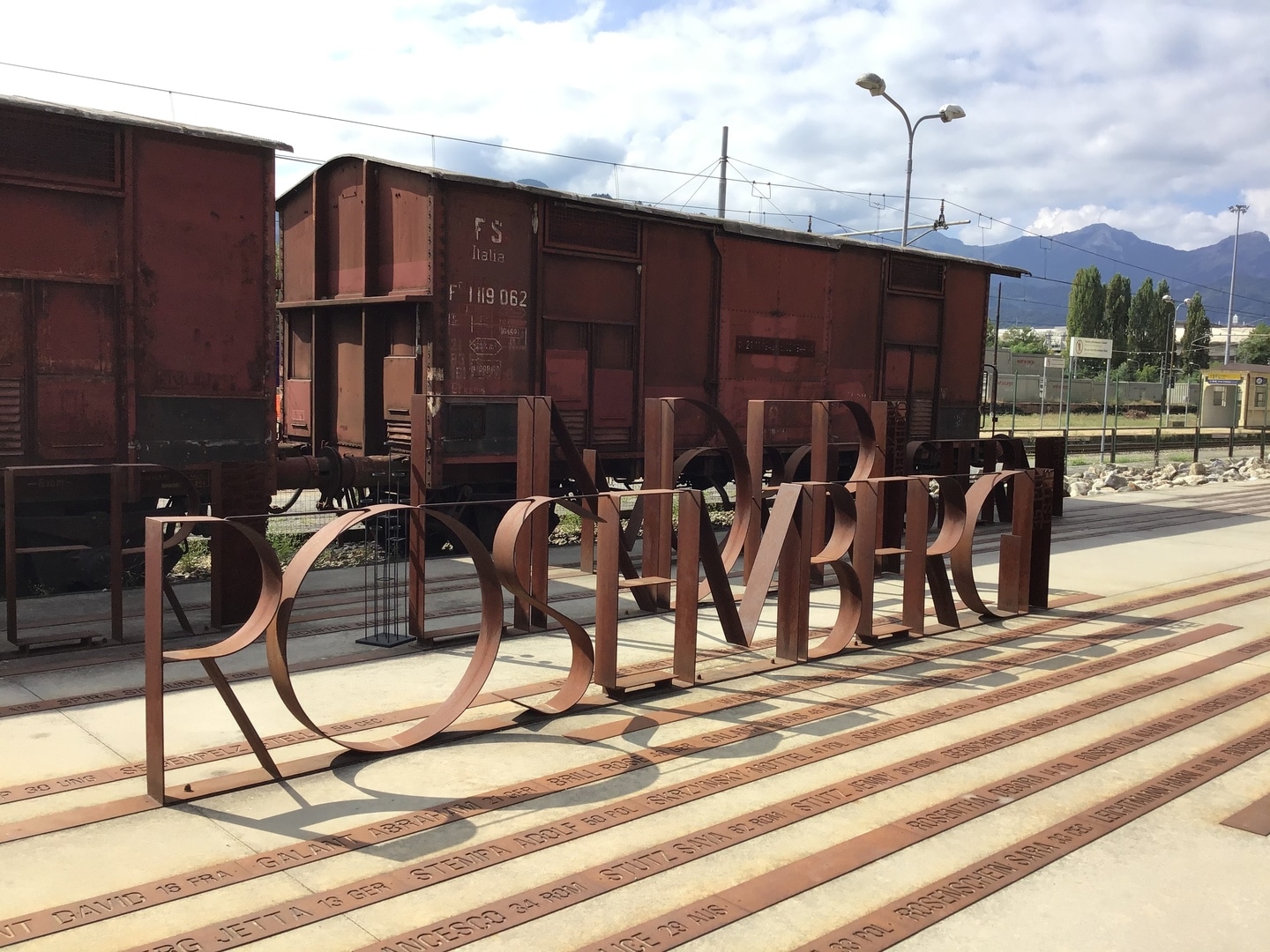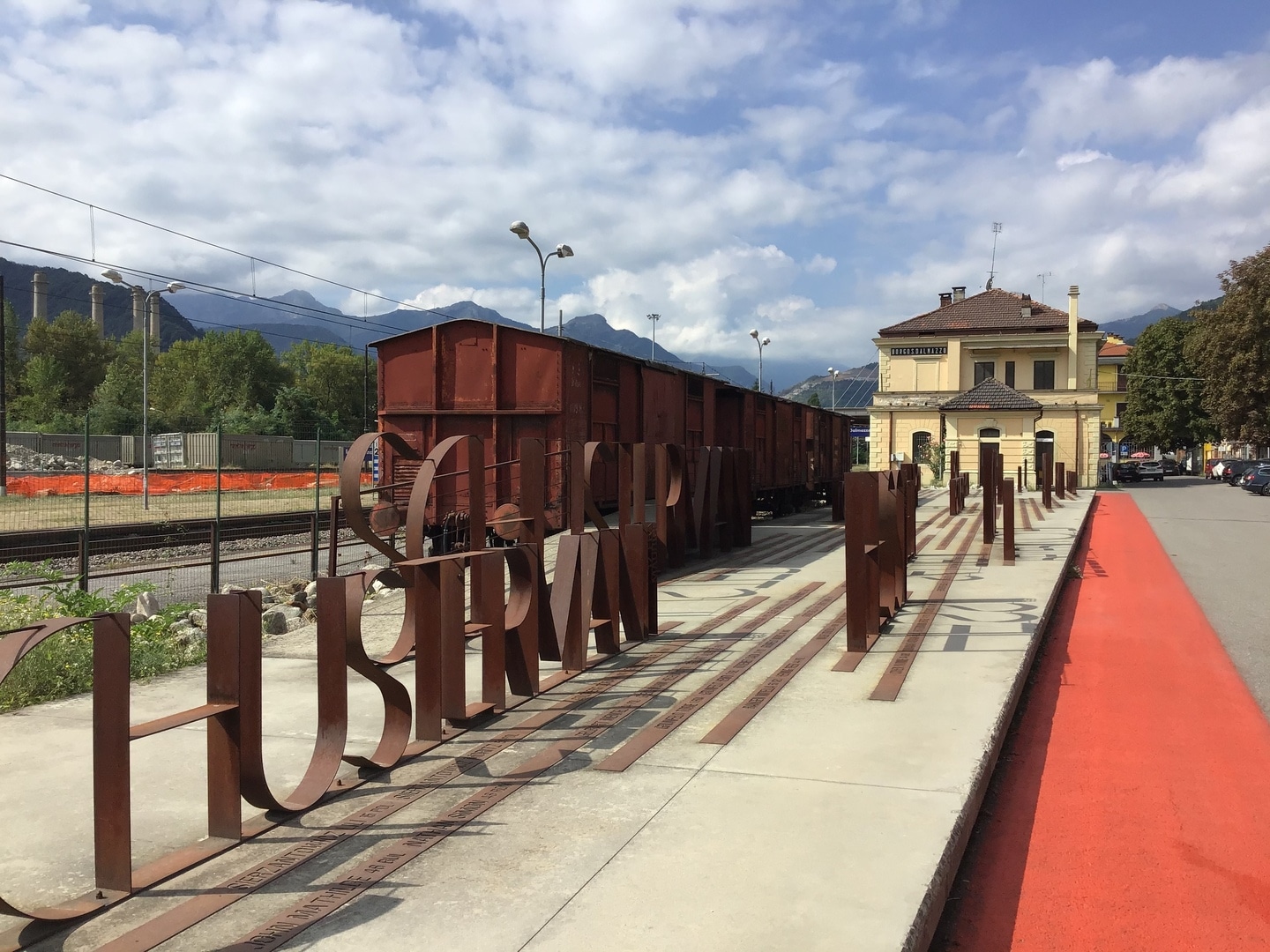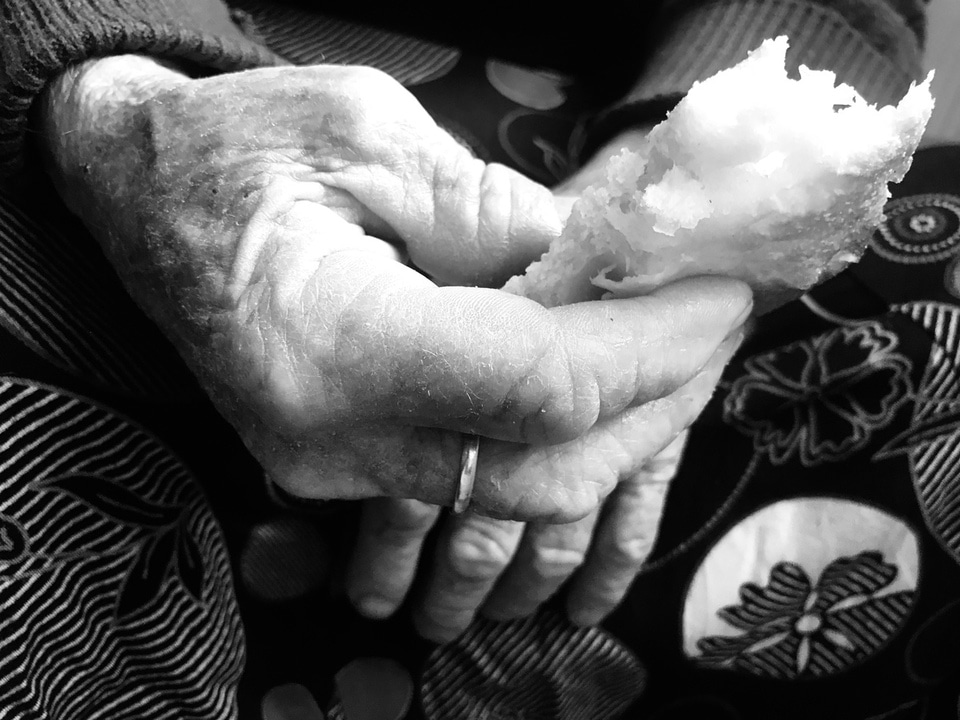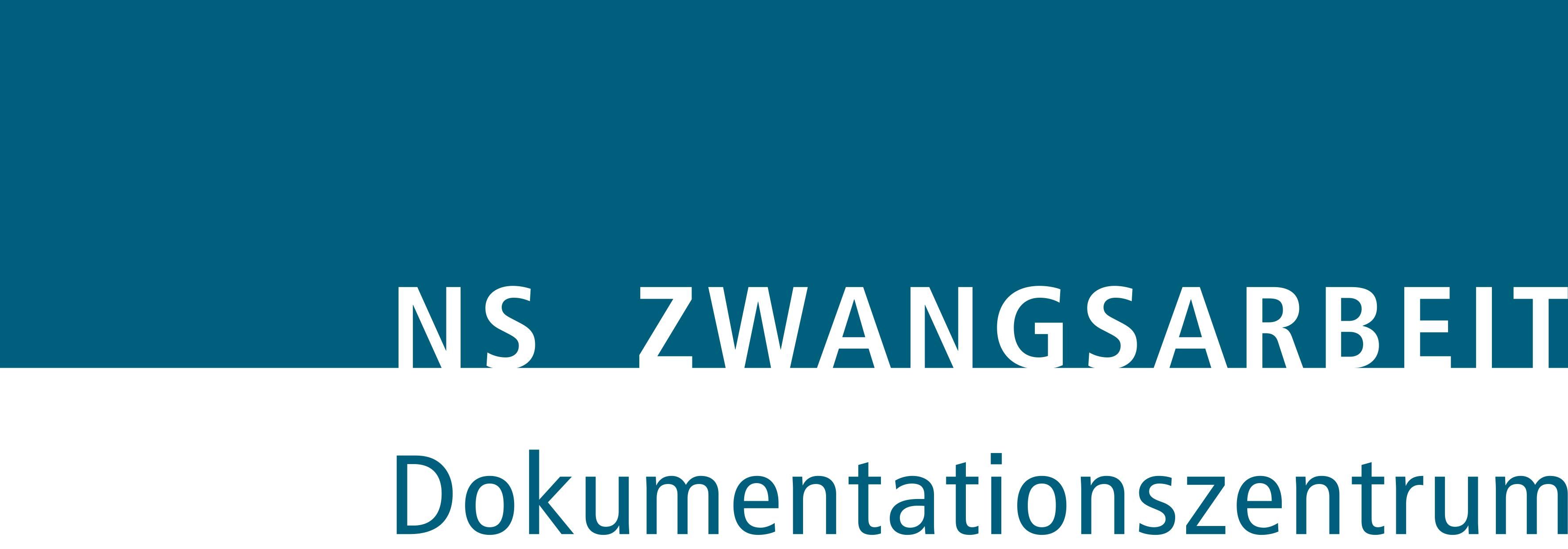Forced and Unfree Labour. Our Point of View
The digital study camp organized by the Nazi Forced Labour Documentation Centre in cooperation with Service Civil International Germany brought together a diverse group of people from Bangladesh, China, Germany, Italy, Mexico, Serbia, South Korea, Spain, Turkey and Ukraine. All of us were eager to prepare a digital exhibition and find out more about the topic of forced labour in our surroundings.
During the digital camp we learned more about Nazi forced labour and explored other examples from the Second World War period. We also discussed modern forms of forced and unfree labour, such as child labour, human trafficking and other forms of exploitation and inhumane labour conditions. Despite different backgrounds and distinct approaches we noted that forced labour is not only confined to the past. It remains a truly global phenomenon in the twenty-first century. Even in our home countries there are numerous cases of forced labour with people being abused and human rights not being respected.
During the study camp each of us embarked on a personal journey searching for traces of forced and unfree labour and photographing them. We invite you to become part of this journey and reflect together:
- What is your role in forced labour today?
- Did you take part, even passively, in other people’s exploitation and abuse?
- What can you personally do to make people aware of this problem?


